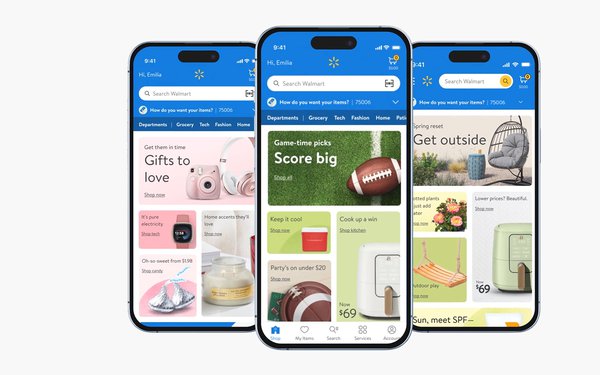
While it’s too soon to say just
how deep pending legislation will cut into the grocery budget of low-income Americans, massive cuts to SNAP, or the Supplemental Nutrition Assistance Program, seem inevitable. The latest version of
Congress’ One Big Beautiful Bill Act would cut $300 billion in food benefits, while the Senate version would eliminate $200 billion.
With some 42 million Americans relying on these
benefits, retailers and CPG brands are bracing for impact, looking for ways to help SNAP recipients make their shrinking budgets go further – a feat especially challenging given rising food
costs and the growing impact of tariffs.
In a new report, Numerator, the retail analytics company, says the legislation will have ripple effects across the retail economy, as tighter work
requirements and shifting program costs to states push as many as 1.3 million people off the program. “For brands, the impact could be immediate,” the report says.
advertisement
advertisement
Walmart, which
captures about 25.8% of SNAP shoppers’ annual grocery dollars, is the most exposed. But dollar chains, mass retailers, and club stores also rely heavily on SNAP-driven traffic. New data from
Numerator, based on spending patterns from 31,000 SNAP recipients and survey responses from 1,200, underscores just how much is at stake.
SNAP shoppers spend an average of $801 on groceries
each month — 19% more than non-SNAP households — but spread those dollars thin, shopping 6.4 retailers a month versus 5.9 for others. Nearly all SNAP shoppers rely on Walmart (94.2%),
while 78.8% shop Dollar Tree, 58.7% visit Target, and many also frequent Dollar General and Kroger. More say they are shifting toward large-store formats, including Costco, Amazon and Sam’s
Club, chasing better prices.
Already, more than 75% of SNAP households say their benefits don’t last the month. With cuts looming, Numerator warns, the impact will extend beyond grocery
trips: “When benefits are cut, households don’t just reduce grocery trips — they reprioritize everything.”
Numerator urges brands to rethink strategies now, from timing
promotions to SNAP benefit cycles to offering value packs and multibuy deals. And with more retirees and full-time workers on SNAP than before, segmentation will be key.
“SNAP consumers
are under pressure,” the report concludes. “These shoppers aren’t disengaged; they’re constrained.”